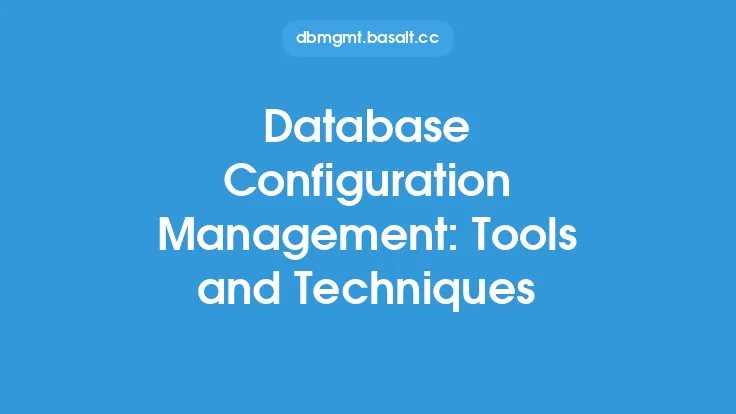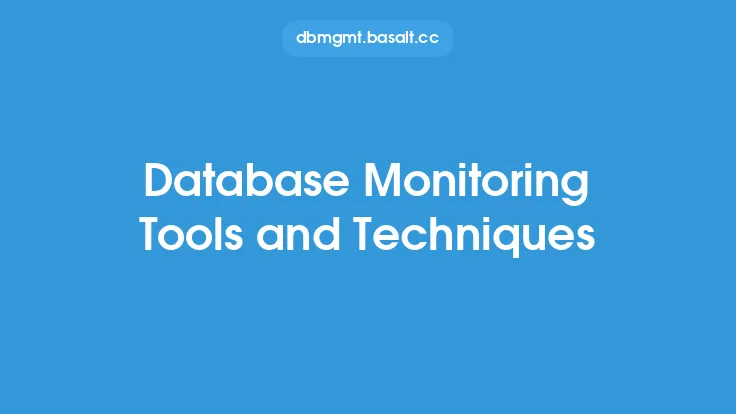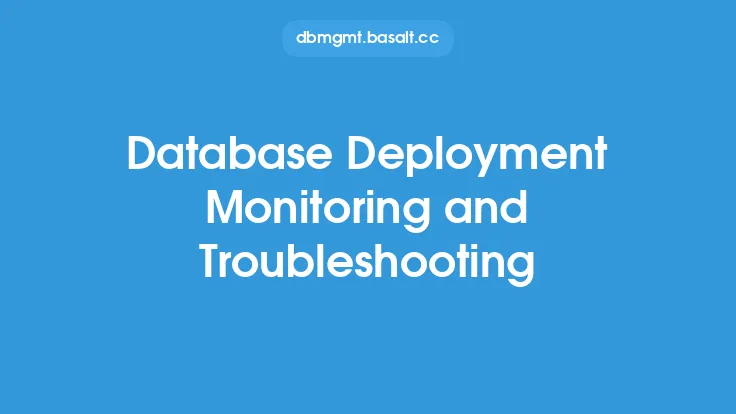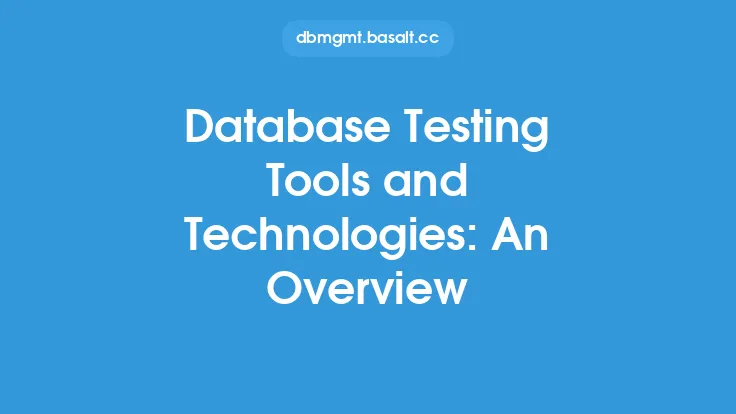Database deployment automation is a crucial aspect of database implementation, as it enables organizations to streamline and simplify the process of deploying databases, reducing the risk of human error and increasing efficiency. Automation tools and techniques play a vital role in this process, allowing database administrators to focus on higher-level tasks and ensuring that database deployments are consistent, reliable, and secure.
Introduction to Database Deployment Automation
Database deployment automation involves the use of software tools and scripts to automate the process of deploying databases, including the creation of database instances, schema changes, and data migrations. This approach helps to reduce the time and effort required for database deployments, while also minimizing the risk of errors and inconsistencies. By automating database deployments, organizations can ensure that their databases are deployed consistently and reliably, regardless of the environment or location.
Benefits of Database Deployment Automation
The benefits of database deployment automation are numerous and significant. Some of the key advantages include:
- Reduced risk of human error: Automated deployments minimize the risk of human error, which can lead to downtime, data loss, and other issues.
- Increased efficiency: Automation tools and scripts can perform tasks much faster than manual deployments, reducing the time and effort required for database deployments.
- Improved consistency: Automated deployments ensure that databases are deployed consistently, regardless of the environment or location.
- Enhanced security: Automation tools and scripts can help to ensure that databases are deployed with the correct security settings and configurations.
- Better auditing and compliance: Automated deployments provide a clear audit trail, making it easier to track changes and ensure compliance with regulatory requirements.
Tools and Techniques for Database Deployment Automation
There are a variety of tools and techniques available for database deployment automation, including:
- Scripting languages: Scripting languages such as PowerShell, Python, and Bash can be used to automate database deployments.
- Automation frameworks: Automation frameworks such as Ansible, Puppet, and Chef provide a structured approach to automating database deployments.
- Database-specific tools: Database-specific tools such as Oracle's Enterprise Manager, Microsoft's SQL Server Management Studio, and IBM's DB2 Data Studio provide a range of automation features and capabilities.
- Continuous integration and continuous deployment (CI/CD) tools: CI/CD tools such as Jenkins, GitLab CI/CD, and CircleCI provide a comprehensive approach to automating database deployments, including build, test, and deployment automation.
Database Deployment Automation Workflow
A typical database deployment automation workflow involves the following steps:
- Build: The database schema and code are built and packaged into a deployable format.
- Test: The database schema and code are tested to ensure that they are correct and functional.
- Deploy: The database schema and code are deployed to the target environment.
- Configure: The database is configured with the correct settings and parameters.
- Verify: The database is verified to ensure that it is functioning correctly and meets the required standards.
Best Practices for Database Deployment Automation
To get the most out of database deployment automation, it's essential to follow best practices, including:
- Version control: Use version control systems such as Git to track changes to the database schema and code.
- Automated testing: Use automated testing tools to ensure that the database schema and code are correct and functional.
- Continuous integration: Use CI/CD tools to automate the build, test, and deployment process.
- Monitoring and logging: Use monitoring and logging tools to track the performance and health of the database.
- Security and compliance: Use automation tools and scripts to ensure that the database is deployed with the correct security settings and configurations.
Common Challenges and Limitations
While database deployment automation offers many benefits, there are also common challenges and limitations to be aware of, including:
- Complexity: Database deployment automation can be complex, especially in large and distributed environments.
- Cost: Automation tools and scripts can require significant investment, especially for large and complex databases.
- Skills and expertise: Database deployment automation requires specialized skills and expertise, which can be difficult to find and retain.
- Integration: Automation tools and scripts may require integration with other systems and tools, which can be challenging and time-consuming.
Future of Database Deployment Automation
The future of database deployment automation is likely to be shaped by emerging trends and technologies, including:
- Cloud-native databases: Cloud-native databases such as Amazon Aurora and Google Cloud SQL provide a range of automation features and capabilities.
- Artificial intelligence and machine learning: AI and ML can be used to automate database deployments, including predictive analytics and automated tuning.
- DevOps and CI/CD: DevOps and CI/CD practices are becoming increasingly popular, and are likely to play a major role in shaping the future of database deployment automation.
- Containerization and serverless computing: Containerization and serverless computing provide new opportunities for automating database deployments, including increased flexibility and scalability.





